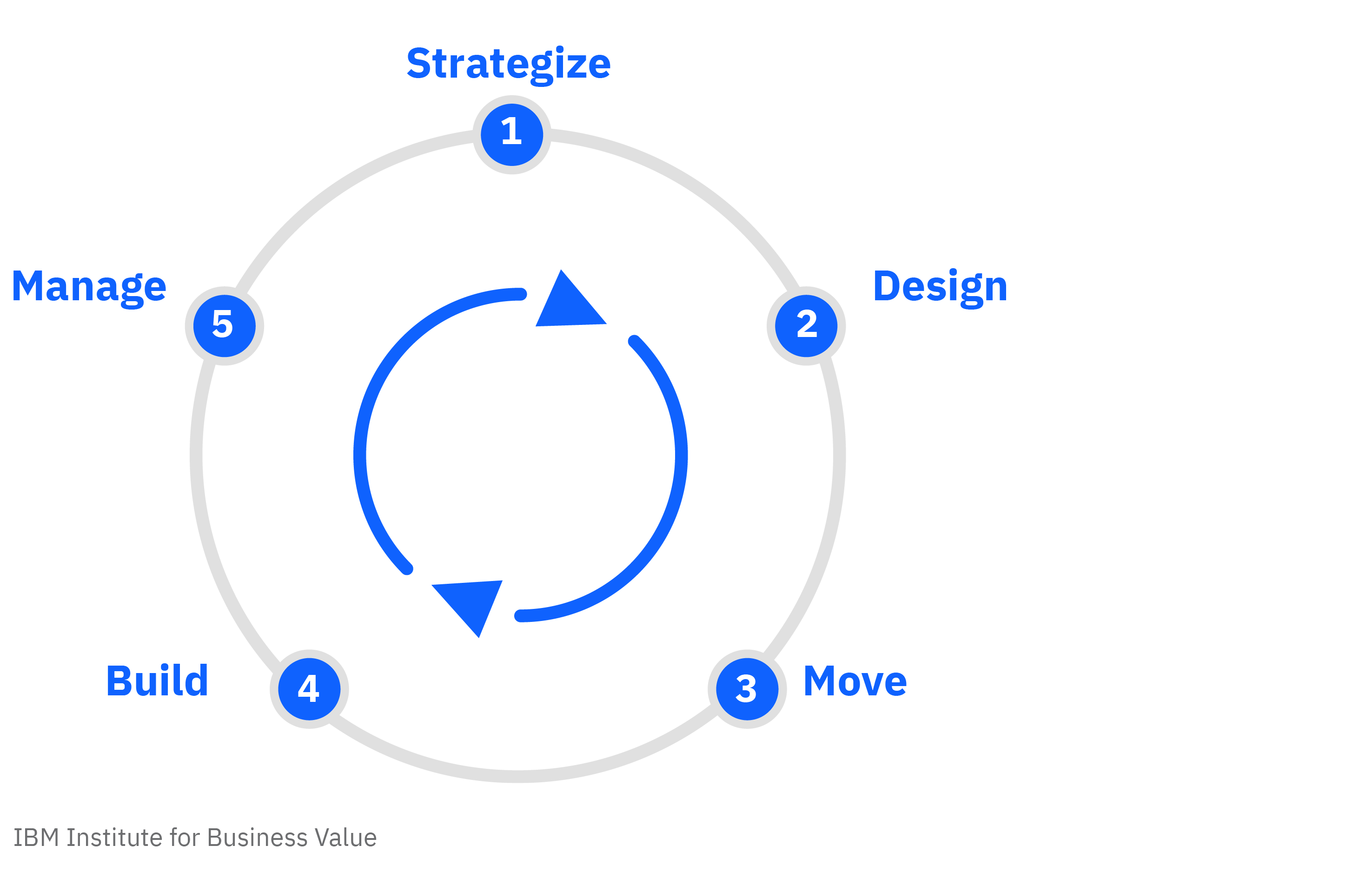The hybrid cloud platform advantage—The Singapore point-of-view
In an era of unparalleled business transformation, companies are using cloud platforms and digital technologies to discover new ways to leverage data and improve business performance. Typically, cloud platforms are clouds—or multiclouds—in a single environment: public or private. A hybrid cloud platform takes that a step further, operating across two or more of these environments.
Leading edge companies are aligning their business transformation efforts with the adoption of cloud platforms. This next-gen business model helps organizations become more agile and adaptable—which is a top priority in the post-pandemic environment.
The next 80% of the cloud opportunity focuses on shifting core business applications and workloads to the cloud.
However, some organizations are struggling with harnessing the full capabilities of their cloud environments. Though 90 percent of companies globally were “on the cloud” by 2019, only about 20 percent of their workloads have moved to a cloud environment. These workloads have usually been microservices that are native—that is, born on the cloud.
The next 80 percent of the cloud opportunity focuses on shifting core business applications and workloads to the cloud and optimizing everything from supply chains to sales. This is the next chapter of the cloud; it requires business executives to invest in hybrid multicloud platform strategies and capabilities.
The value case for hybrid multicloud
For many organizations, getting on the cloud was “what” they wanted to do. But new business models, applications, and infrastructure are “why” they want to do it. Thus, the success or failure of cloud deployments are not technology stories; they are business transformation stories.
Hybrid multicloud platforms deliver 2.5 times more value than a single cloud platform.
It has been demonstrated that the value derived from a full hybrid, multicloud platform technology and operating model at scale is 2.5 times the value derived from a single platform, single cloud vendor approach. This has been validated across 30 global companies in multiple industries. Indeed, a platform approach accelerates value with scale.
Prudential Singapore: Hello, Watson
One of the top life insurance companies in Singapore, Prudential Singapore has served the financial and protection needs of Singaporeans for more than eight decades. The insurer’s key customer touchpoints come via its 4,600 financial consultants (FCs) who must be able to access and deliver relevant customer advice.
Phone consultants in Prudential Singapore’s internal call center are the FCs’ go-to resource for product, process, and customer policy questions. However, high call volumes resulted in long wait times—often at critical customer moments. And some FCs engage with customers in the evenings and on weekends, but the call center is staffed only during regular business hours.
Prudential Singapore needed a scalable, cost-effective solution that could respond to questions quickly and provide enhanced customer experiences. With help from IBM Watson®, Prudential Singapore developed an intelligent chatbot to handle a high volume of commonly-asked queries. A flexible, scalable hybrid cloud environment helped facilitate orchestration among multiple platforms and systems to optimize processes and data flow.
Fielding questions in real-time, the “askPRU” chatbot helps FCs deliver greater value with confidence. Within six months of launch, call volumes fell 32 percent.
Learn more about the five steps your organization can take to achieve this type of hybrid cloud advantage.

Meet the authors
Colin Tan, General Manager, Cloud and Cognitive Software, IBM, SingaporeAnthony Marshall, Senior Research Director, Thought Leadership, IBM Institute for Business Value
Originally published 23 September 2020


